-
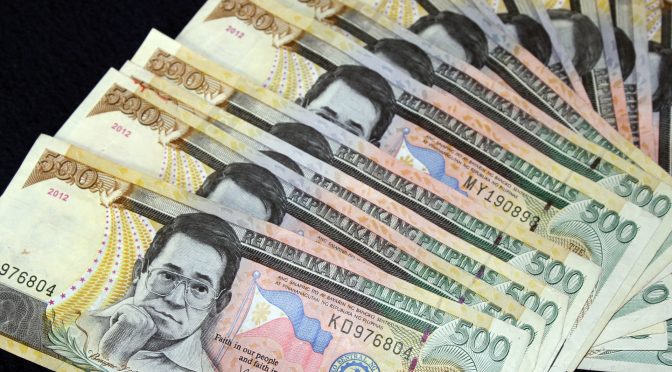
The Philippine peso bolstered against USD by 0.04% when it halted at 50.63:$1 on April 15 from 50.66 at the end of 2019.
According to the Department of Finance,
“The COVID-19 pandemic has barely made a dent on the Philippine peso, which remained stronger than the US dollar as of mid-April, given strong macroeconomic fundamentals.”
To show such, Finance Undersecretary Gil S. Beltran asserts in an economic bulletin that among 12 currencies in Asia, only two currencies appreciated (Hong Kong dollar and the Japanese yen) while nine others undermined.
The peso was likewise steady, with its 0.26% relative variability. Not to mention, it was the least unstable and beneath the regional volatility average of 1.94% from January until mid-April. A currency’s fluctuation indicates the extent of uncertainty against the greenback, with a low rate implying relative strength and security.
While peso’s YTD appreciation was lower than the recorded 3.62% last year, it’s still less unstable than the listed 1.21% during a similar period a year ago.
The Reason For the Philippine Peso’s Stability
According to Beltran, the main reason why the peso is growing in strength and stability are the nation’s solid balance-of-payments (BOP) and increasing gross international reserves (GIR).
He revealed the BOP surplus in 2019, $7.8 billion, which is 2.2% of GDP, the highest rate since 2012.
He likewise announced that the GIR increased to $88.2 billion at the last end of February, 6.5% higher than a similar period in 2019, and corresponding to 7.8 months of imported products and services. The GIR was moreover, 5.1 times the nation’s short-term outside liability.
He further noted that substantial foreign trade inflows from exports, remittances, investments from abroad, and external borrowing added to the stable BOP position, which resulted in the reinforced confidence in the peso.
With the Philippines’ strong macroeconomic position and proactive response in monetary landscapes, the peso remains stable and an attractive avenue for investors.
Risk Disclaimer:
Information on this page are solely for educational purposes only and is not in any way a recommendation to buy or sell certain assets. You should do your own thorough research before investing in any type of asset. Learn to Trade does not fully guarantee that this information is free from errors or misstatements. It also does not guarantee that the information is completely timely. Investing in the Foreign Exchange Market involves a great deal of risk which may result in the loss of a portion or your full investment. All risks, losses and costs associated with investing, including total loss of principal and emotional distress, are your responsibility.

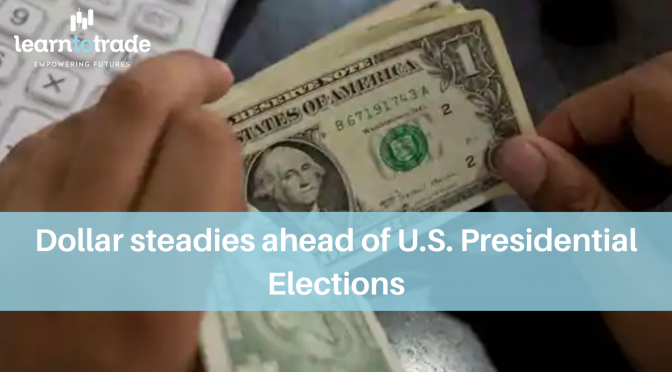

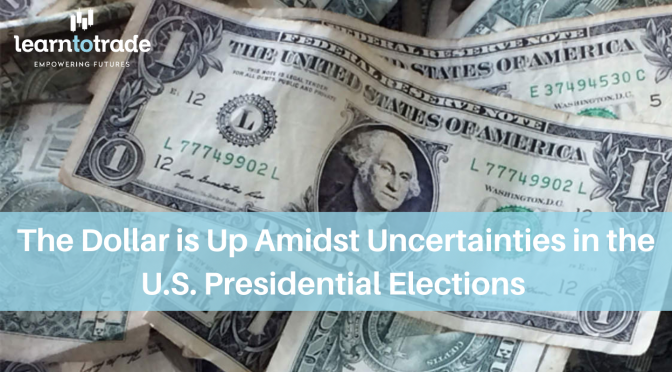
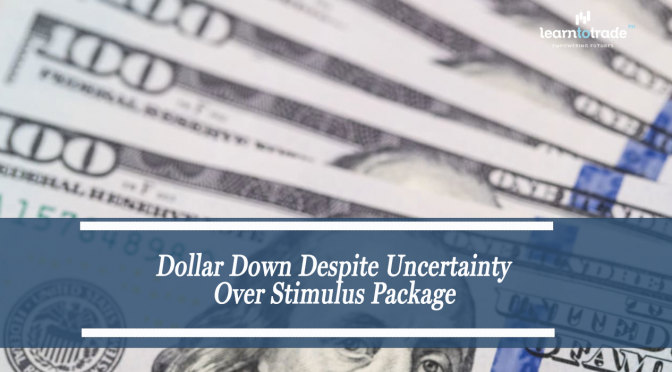
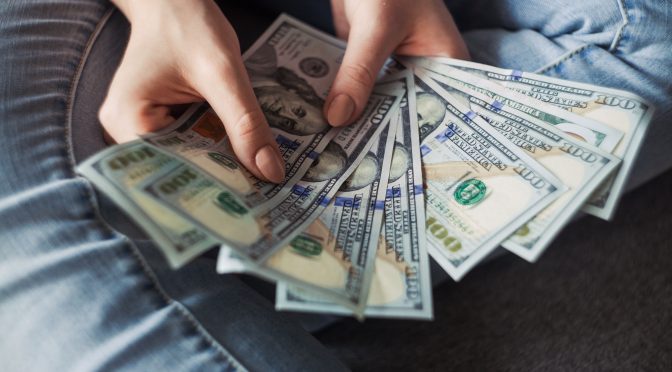
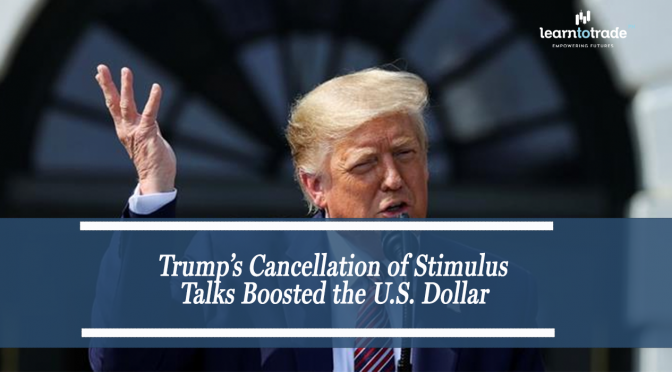


































By bsuper
| No Comments